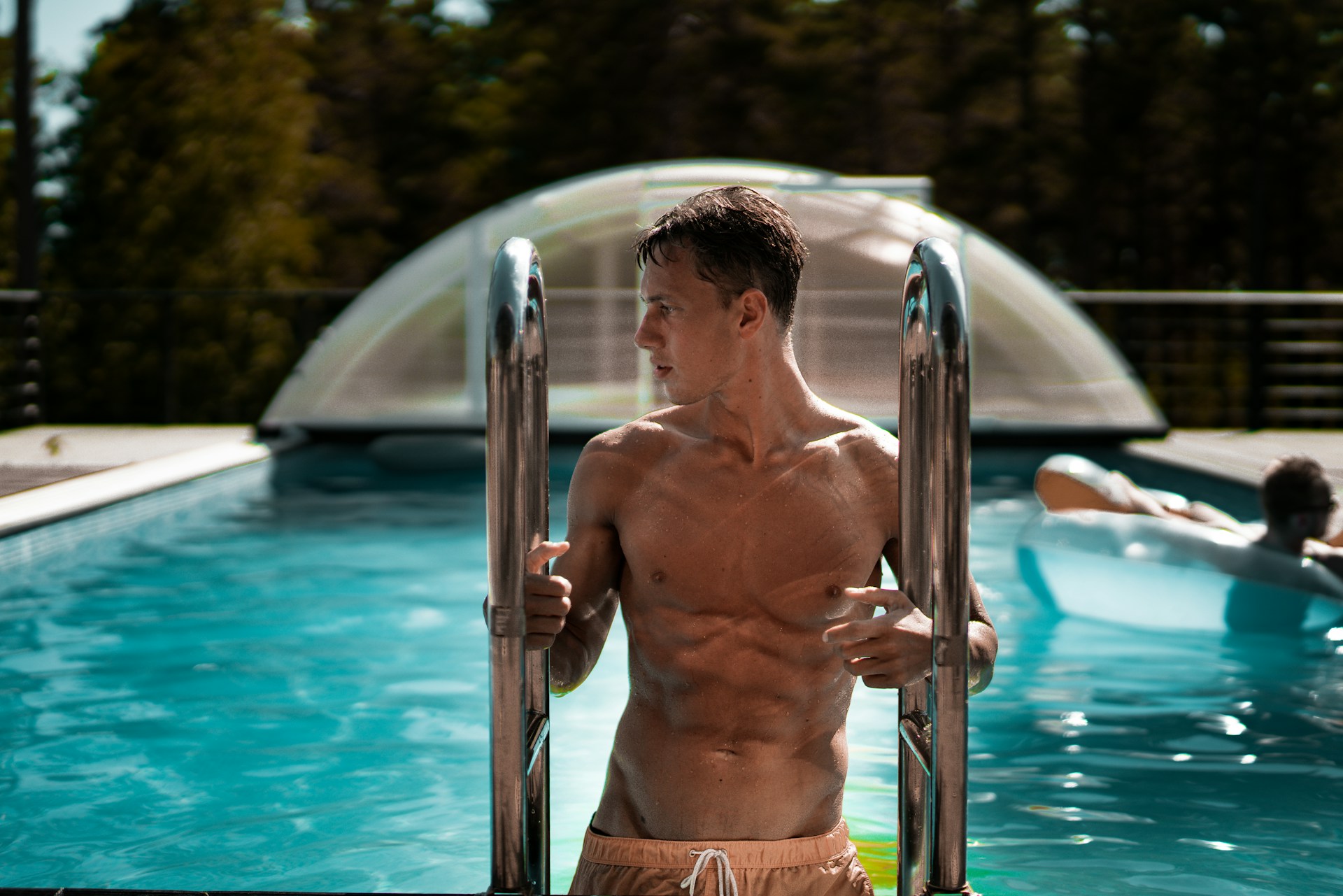
The cable machine at the gym is one of the most versatile and multipurpose pieces of exercise equipment, offering endless options of new exercises to try. With adjustable cables and attachments as well as customizable weights, any gymgoer — new or seasoned — can easily adapt to using a cable machine. You can also find a variation of a multipurpose cable machine in nearly any gym setting.
While you might see gymgoers more commonly using the cable machine for arms or chest, the cable machine is also excellent for crushing your oblique muscles. Explore this easy-to-learn, yet challenging oblique cable exercises to work into a killer ab day routine.
Why you should train obliques

Ab workouts are common, yet many people forget to also target their obliques as part of their workout routine. The oblique muscles are located on the sides of your core and are very important in functionality and movement. Obliques are involved in helping your body rotate, as well as providing core stability and helping you to maintain good posture. Adding exercises into your workout regimen that specifically target obliques can also help you achieve the shredded look you’re after.
3 best oblique cable exercises

Cable woodchop
The cable woodchop exercise is perfect to do that targets your oblique muscles as well as work your abdominal muscles. This exercise is specific to use with a cable machine, as it cannot be performed with standard free weights. To start this exercise, begin with your cable machine adjusted to the top setting, positioned just slightly above your eye level. You can use no attachment on the cable or use a standard handle attachment, based on preference.
If you are new to this exercise, start with a low weight until you adjust to the motion and determine which weight is best for your fitness level. From here, follow these easy steps to learn to do a cable woodchop:
- Begin with your feet wide apart, keeping one foot away from the pulley and your other foot near the pulley.
- Turn to the side until your near arm is extended straight. Keep arms straight and move the cable diagonally downward around the shoulders. During the motion, rotate your shoulders and gradually lower your arms downward until the cable is positioned just above the shoulder.
- Slightly bend your knees as it approaches the bottom, then slowly return to the starting position. Repeat on the opposite side to hit the other side of your obliques.
- Repeat with 3 to 4 sets for each side of your obliques.
Oblique twists with cable
Performed in a standing position, oblique twists using a cable are another great option to crush your obliques. This option is also one of the easiest oblique cable exercises to learn, but it is important to master the movement before increasing the weight used dramatically. Throughout this exercise, focus on maintaining steady and slow control instead of attempting to complete each repetition too fast. To prepare for oblique twists, begin by setting the cable height to around your shoulder level.
- Start by twisting your torso slowly and grasping the cable attachment with both hands.
- Keep your torso and arms straight, keeping your arms parallel to the floor.
- Slowly rotate your torso to the opposite side, exhaling during the rotation.
- Take a slight pause when you reach the end position before returning to the starting position.
- Repeat for 3 to 4 sets and repeat on the other side.
Cable seated abdominal twist
If you prefer a seated rotation exercise instead of standing, a cable seated abdominal twist might be worth a try. This exercise involves sitting on a bench and twisting, while both arms move the handle and your core remains engaged. This exercise is performed while straddling a bench with the cable pulley adjusted to around your shoulder height. Here’s how to perform a cable seated abdominal twist:
- Keep your feet flat on the floor while you sit straddled onto a bench.
- Hold the cable attachment with both hands and twist your torso from one side to another. Keep the torso straight and your arms should remain parallel to the ground.
- Exhale during the rotation and maintain a steady movement during each repetition. Slowly return to your original position.
- Repeat for as many repetitions/sets as desired then alternate to hit the other side of your obliques.
When to perform oblique cable exercises

These 3 oblique cable exercises are stellar “go-to” exercises for a devoted ab day or to mix into a fast ab and oblique routine a few times a week. If you’re new to training obliques, it can take some time to adapt to the soreness and build up strength. As such, training obliques two to three times a week is a great place to start. Over time, you may wish to work up to training obliques more frequently.



